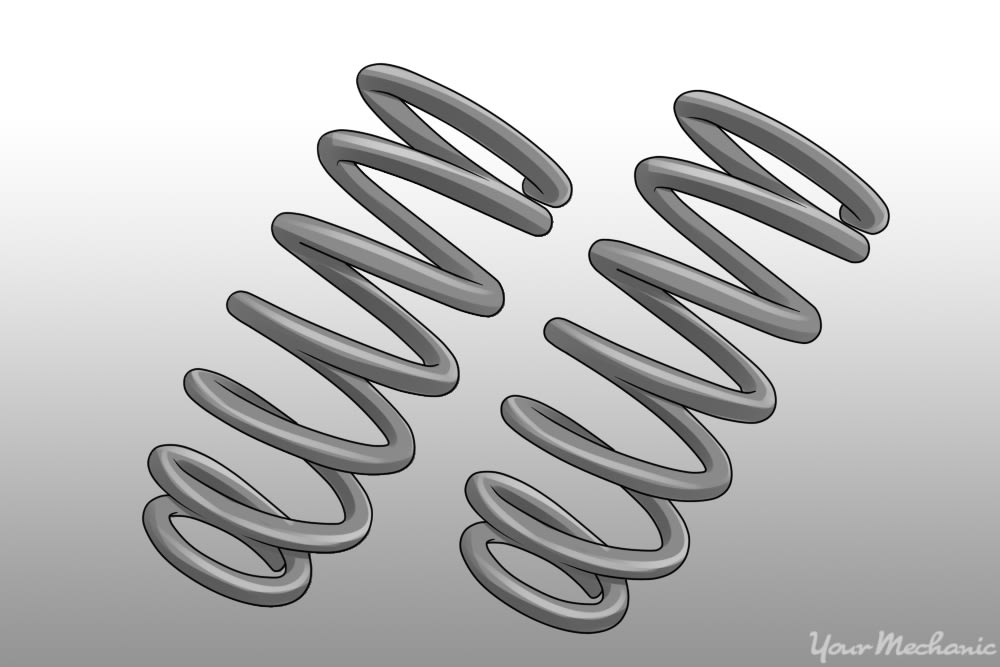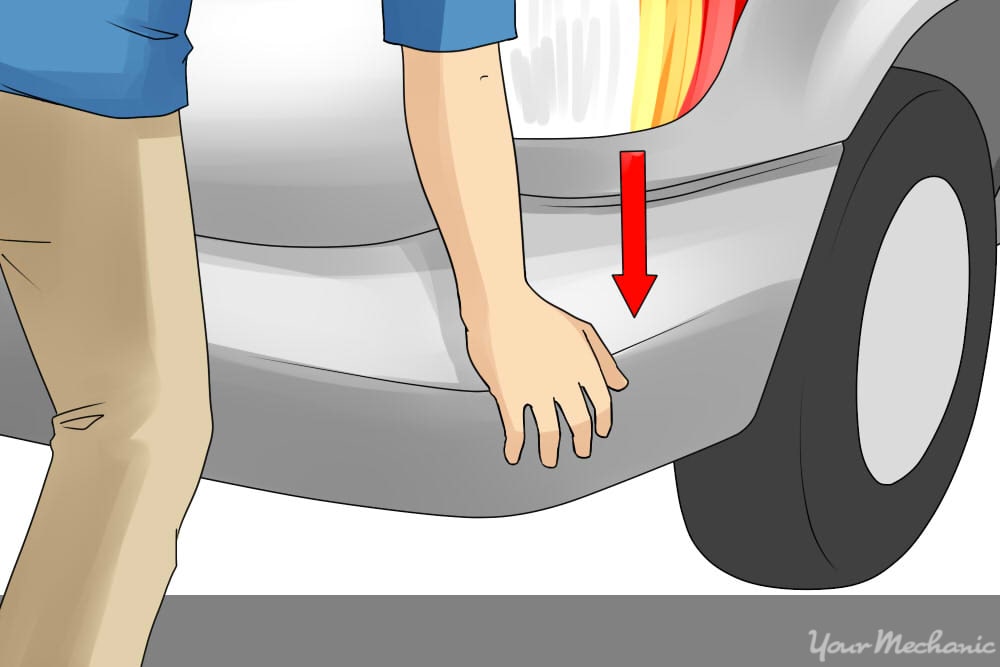

Unless intentionally powered by hydraulics, a bouncing vehicle while driving can be stressful and annoying. It's important to remember that the term “bouncy” is very broad, and can be used to describe a wide variety of symptoms. We will give you some better terminology for different issues, and attempt to give you a better understanding of suspension components. Here we give you some of the most common issues, and what can be done to resolve them.
Struts and shock absorbers are typically the first to be blamed when it comes to a bouncy ride, when in fact the bounce can be from an out of round tire, damaged rim, or unbalanced tire, just to name a few.
Another fact to keep in mind is that steering and suspension are very closely related, and can be misdiagnosed as one or the other. Other words used to describe bounce are “shimmy,” “vibration,” and “shake.” As a quick reminder, there are many different design setups for suspension, and some of these tips may or may not apply to your vehicle. Although they do have commonalities that make diagnosis a little easier.
Part 1 of 2: Common signs something is wrong
Sign 1: A gradual increase in shaking of the steering wheel. The steering wheel is connected to its linkage, which then ties into the suspension beyond the steering box.
This means forces not compensated for by the suspension can be transferred through the steering wheel and felt by the driver there. These symptoms can often feel like the vehicle is bouncing or swaying, and lead you to believe the suspension is going bad. These symptoms are most often related to your tires and wheel assemblies.
When facing these types of symptoms, look to the tires and wheel hubs before assuming its the suspension. Check your tire pressure and make sure they are evenly inflated and to the correct PSI. You should also check for proper tire balance, check for any damages to the front end, proper wheel bearing function, and check for any damage to your axle.
Sign 2: Audible noises. When you can hear the suspension struggling to support the vehicle, there is a good sign something has failed and needs to be replaced. Here are some of the most common sounds made and what those noises typically represent:
Rattling: Typically a sign that something on the suspension is loose or losing its structural ability. Make sure the rattling you are hearing is coming from the suspension and is not engine noise. This is one of the hardest noises to identify, as it could related to any part, and is dependent on engine vibration.
Squeaking or grunting noise: A grunt, faint thump, or squeak can all be a sign of failing steering components. Since the steering and suspension are so closely related, check the steering gear, idler arm, and pitman arm. A full inspection of your steering components should be done at this point.
Clunk, thump, or knock: These types of noises are often when you worry about suspension. If you hear these noises when going over a bump or crack, it is likely that the shock absorber has lost its strength. This will allow the springs to potentially hit the chassis of your vehicle, or other components around it. A full inspection of your shocks and struts should be done at this time to confirm they need replacement.
Creaking: If your vehicle sounds like rusted out hinge when going over bumps and cracks, your suspension ball joints are like at fault. This typically means you will need to replace the units involved. All ball joints should be checked at this point.
Sign 3: An increased awareness of bumps and cracks in the road. Often drivers go from a comfortable smooth ride, to feeling every bump and crack in the road. This is a sign that the suspension is wearing out and further testing should be done. You should check your vehicle ride height (see Part 2), and do a visual inspection of all steering and suspension components.
Sign 4: Bouncing or wobbling when turning. If you are experiencing extra bounce or wobbling while turning a corner, chances are your suspension has nothing to do with it. It is likely a failed or ungreased wheel bearing. These can be repacked with grease if in good condition, or may need to be replaced. A proper inspection of the wheel bearings should be done at this time.
Sign 5: “Nose diving” during hard or abrupt stops. “Nose diving” refers to the response of the front or nose of you vehicle during a hard stop. If the front of your vehicle “dives” or noticeably shifts towards the ground, the front shocks and struts are not working properly. A full visual inspection of the suspension components should be done at this time.
There may be several other signs related to vehicle bounce that can be attributed to repairs needing to be done. If you are still not sure if you have an issue or not, try some of these diagnostic techniques.
Part 2 of 2: Diagnostic techniques
Step 1: Measure ride height. Measure the height from the ground to wheel wells of the tire. From side to side, more than 1/2 inch difference between sides means a weak shock absorber or other suspension issue. Ride height that is off more than an inch is cause for serious concern. This of course is determined when all tires are pressurized equally and have the same mileage. Uneven tread depth or unevenly inflated tires will skew these results.
Step 2: Bounce test. Force each corner of the tire down and make it bounce, if it gyrates more than twice, its a sign the shocks are worn out. This is a very suggestive test, and is one that takes an incredible amount of judgement. If you have never performed a bounce test before, this one may be hard to determine.
Step 3: Visual inspection. Do a visual inspection of the struts, towers, retaining bolts, rubber boots, and bushings. The bolts and towers should be tight and sturdy. The rubber boots and bushings should be full and undamaged. Cracks and leaks are a sign that they have failed and need to be replaced.
Also do a visual inspection of the steering components. Look at the column, steering gear box, idler arm, pitman arm, and other components if so equipped. All should be tight, straight, and clean.
Step 4: Inspect tie rods. Visually inspect tie rods. Make sure they are tight, straight, and in good condition. Visually inspect the boots for cracks and grease leaks. Unlubed or damaged tie rods are a serious cause for concern. They play a major role in the steering, and are another component that can make your steering wheel vibrate while passing over bumps.
Step 5: Tire inspection. Make sure that your tires are good condition. An old and hard tire will transfer all of the force to the suspension and the driver. A tire that has not been balanced can cause excess bounce, especially at high speeds. A tire that is improperly inflated or tires that are unevenly inflated on each side, both can cause their own form of a bounce. Tires should never be underestimated when it comes to ride comfortability.
Unfortunately for those who experience extra bounce, the list of possible causes can be lengthy. When trying to diagnose these issues, use a process of elimination to help guide you. Pay close attention to the specific symptoms involved with your vehicle For more help, contact a certified technician, such as one from YourMechanic, to diagnose your bounce or sway for you.




